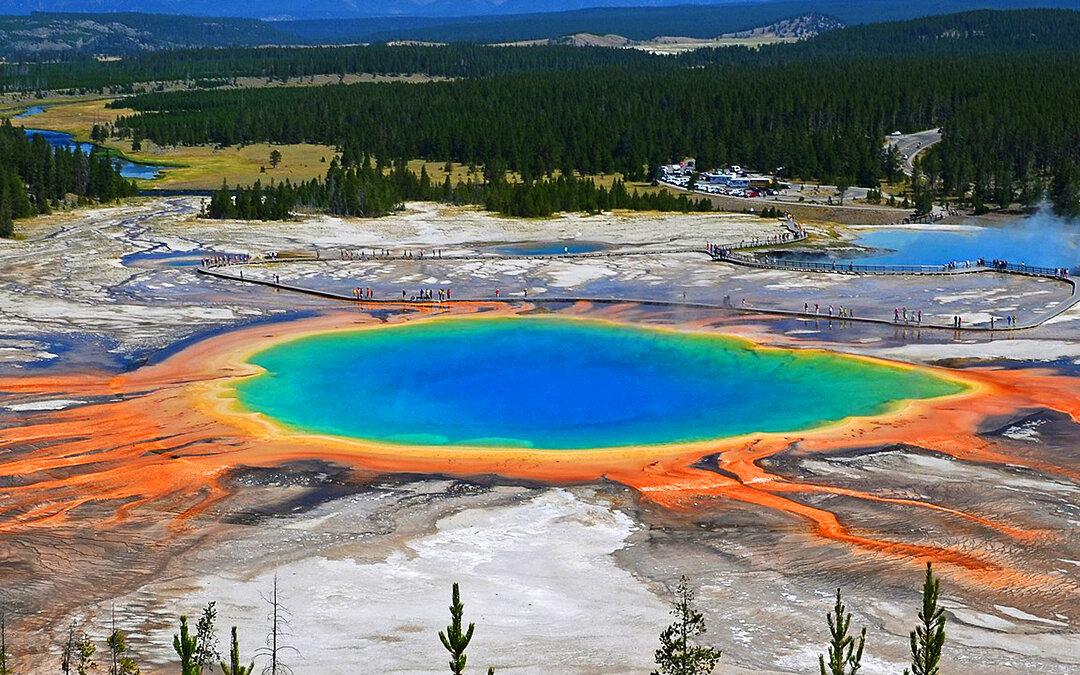Scientists said they have discovered new thermal activity in Yellowstone National Park in Wyoming that is about the size of four football fields.
Speaking with Wyoming Public Media, United States Geological Survey researcher Greg Vaughan said that the “area used to be covered by trees and now it’s an area where there’s a bunch of dead trees, bright soil and it’s a hot spot.”





